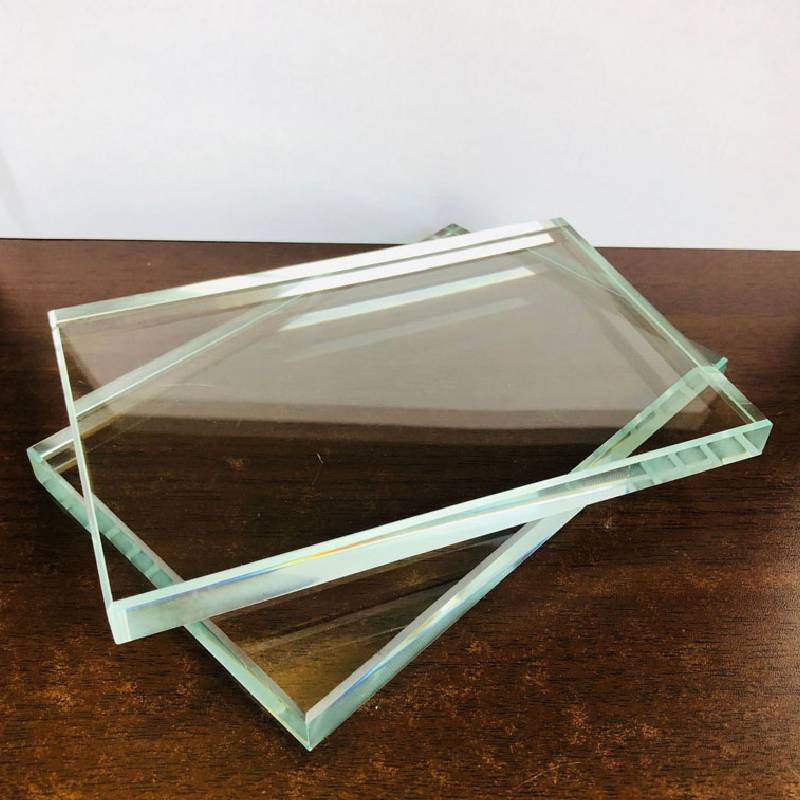The Future of Smart Glass Innovating with Opaque Transition
In the evolving landscape of architecture and interior design, technological advancements are reshaping how we think about materials—particularly glass. One of the most exciting innovations in this realm is the development of smart glass that can transition from transparent to opaque at the touch of a button. This remarkable technology opens up new avenues for privacy, aesthetics, and energy efficiency, ultimately revolutionizing how spaces are utilized.
The Future of Smart Glass Innovating with Opaque Transition
One of the most significant benefits of smart glass technology is its ability to provide on-demand privacy. In offices, for example, conference rooms can seamlessly transform from transparent spaces where collaboration occurs to opaque rooms for confidential discussions—offering discretion while retaining a modern aesthetic. Similarly, in residential settings, bathrooms or bedrooms can utilize this technology to ensure privacy without the need for traditional window treatments, which can harbor dust and require regular maintenance.
glass that can turn opaque
In urban environments, smart glass can play a crucial role in energy efficiency. By controlling the amount of light and heat that enters a building, this technology can significantly reduce the reliance on artificial lighting and air conditioning systems. In the summer months, buildings equipped with smart glass can darken to block out excessive sunlight, thus maintaining comfortable indoor temperatures. In contrast, during winter, the glass can remain clear to harness natural warmth from the sun. This dynamic adjustment not only enhances comfort but also decreases energy consumption, aligning with global sustainability goals.
Moreover, smart glass offers design flexibility. Architects can integrate this innovative material into their buildings without compromising aesthetics. The sleek, modern look of smart glass complements a wide range of architectural styles, making it an appealing choice for both residential and commercial projects. The ability to control opacity also invites creativity in space design; for instance, it can be used in creative displays in retail environments or as art installations that respond to viewer interaction.
Despite its myriad advantages, the widespread adoption of smart glass technology still faces some challenges. The initial cost of installation can be higher than that of traditional glass, which may deter some homeowners and businesses. Additionally, there are concerns regarding durability and maintenance; as with any technological product, ensuring long-term reliability is paramount. However, as research progresses and manufacturing techniques improve, these barriers are likely to diminish, making smart glass more accessible to the general public.
In conclusion, smart glass that can turn opaque is not just a cutting-edge development in the world of materials; it represents the future of how we interact with our built environments. By marrying functionality with aesthetics, this innovative glass can enhance privacy, improve energy efficiency, and redefine the design possibilities of both commercial and residential spaces. As technology continues to advance, we can expect smart glass to become an integral feature in our homes and workplaces, paving the way for a smarter, more adaptable, and sustainable future.
 Afrikaans
Afrikaans  Albanian
Albanian  Amharic
Amharic  Arabic
Arabic  Armenian
Armenian  Azerbaijani
Azerbaijani  Basque
Basque  Belarusian
Belarusian  Bengali
Bengali  Bosnian
Bosnian  Bulgarian
Bulgarian  Catalan
Catalan  Cebuano
Cebuano  Corsican
Corsican  Croatian
Croatian  Czech
Czech  Danish
Danish  Dutch
Dutch  English
English  Esperanto
Esperanto  Estonian
Estonian  Finnish
Finnish  French
French  Frisian
Frisian  Galician
Galician  Georgian
Georgian  German
German  Greek
Greek  Gujarati
Gujarati  Haitian Creole
Haitian Creole  hausa
hausa  hawaiian
hawaiian  Hebrew
Hebrew  Hindi
Hindi  Miao
Miao  Hungarian
Hungarian  Icelandic
Icelandic  igbo
igbo  Indonesian
Indonesian  irish
irish  Italian
Italian  Japanese
Japanese  Javanese
Javanese  Kannada
Kannada  kazakh
kazakh  Khmer
Khmer  Rwandese
Rwandese  Korean
Korean  Kurdish
Kurdish  Kyrgyz
Kyrgyz  Lao
Lao  Latin
Latin  Latvian
Latvian  Lithuanian
Lithuanian  Luxembourgish
Luxembourgish  Macedonian
Macedonian  Malgashi
Malgashi  Malay
Malay  Malayalam
Malayalam  Maltese
Maltese  Maori
Maori  Marathi
Marathi  Mongolian
Mongolian  Myanmar
Myanmar  Nepali
Nepali  Norwegian
Norwegian  Norwegian
Norwegian  Occitan
Occitan  Pashto
Pashto  Persian
Persian  Polish
Polish  Portuguese
Portuguese  Punjabi
Punjabi  Romanian
Romanian  Russian
Russian  Samoan
Samoan  Scottish Gaelic
Scottish Gaelic  Serbian
Serbian  Sesotho
Sesotho  Shona
Shona  Sindhi
Sindhi  Sinhala
Sinhala  Slovak
Slovak  Slovenian
Slovenian  Somali
Somali  Spanish
Spanish  Sundanese
Sundanese  Swahili
Swahili  Swedish
Swedish  Tagalog
Tagalog  Tajik
Tajik  Tamil
Tamil  Tatar
Tatar  Telugu
Telugu  Thai
Thai  Turkish
Turkish  Turkmen
Turkmen  Ukrainian
Ukrainian  Urdu
Urdu  Uighur
Uighur  Uzbek
Uzbek  Vietnamese
Vietnamese  Welsh
Welsh  Bantu
Bantu  Yiddish
Yiddish  Yoruba
Yoruba  Zulu
Zulu 

